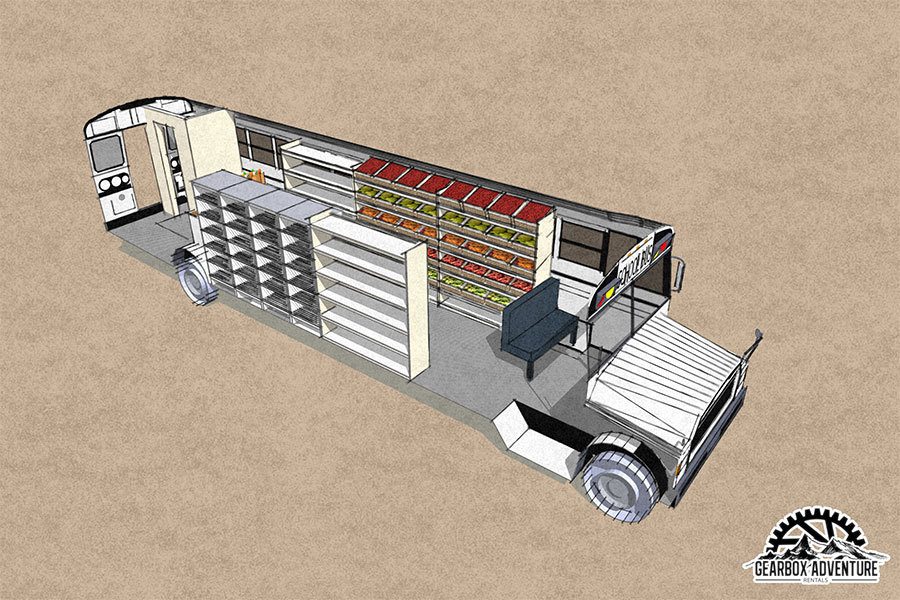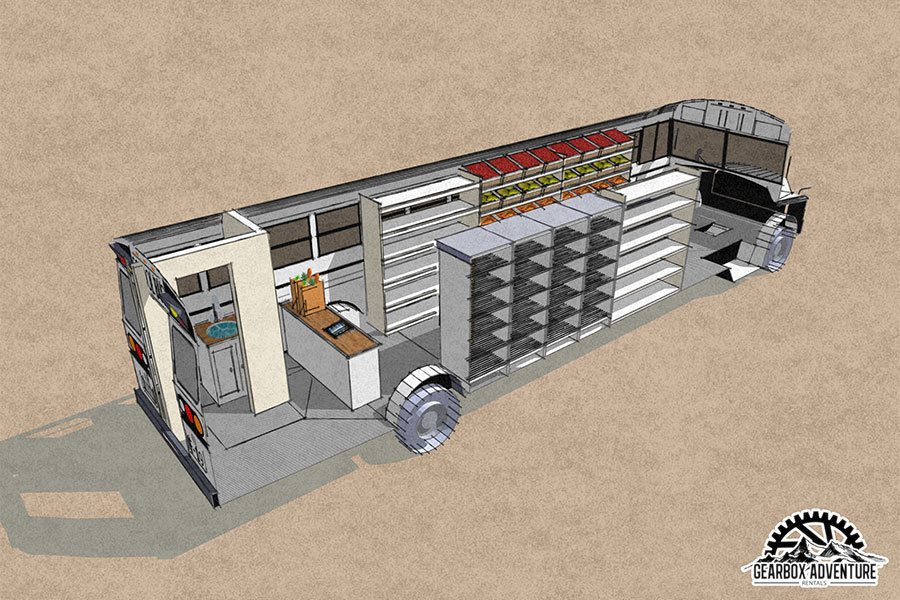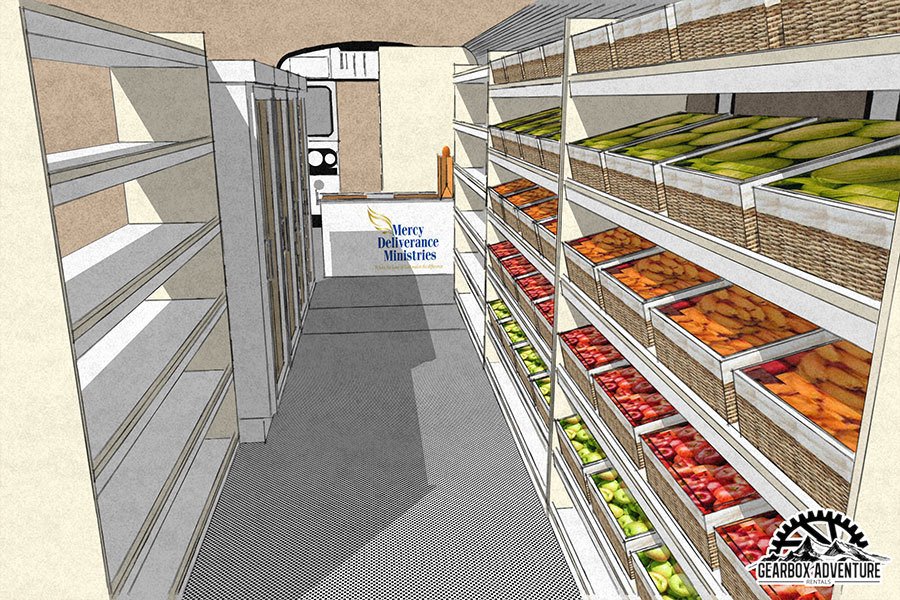
The Need for Mobile Grocery Vehicles
 Obesity. Diabetes. Hypertension. Stroke. Poor cognitive performance. These are just a few of the conditions that can result from living in an area with low access to fresh foods. These food insecure areas known as food deserts occur almost exclusively in low-income minority communities, both urban and rural.1 Mercy Deliverance Ministries aims to help solve this problem by providing easy-access to fresh food by means of mobile grocery vehicles.
Obesity. Diabetes. Hypertension. Stroke. Poor cognitive performance. These are just a few of the conditions that can result from living in an area with low access to fresh foods. These food insecure areas known as food deserts occur almost exclusively in low-income minority communities, both urban and rural.1 Mercy Deliverance Ministries aims to help solve this problem by providing easy-access to fresh food by means of mobile grocery vehicles.
Factors that contribute to the formation of food deserts are complicated and numerous. Low populations in rural areas where people cannot readily get to places that offer healthy food can be a factor. In many cases, areas like this have been inundated with fast food restaurants rather than healthier options, making the problem even worse from a health perspective. Historical redlining is also a major cause of the disinvestment of grocery stores and other food establishments, which, over time, has contributed to a long history of cultural disparity. Other factors like insufficient financing options, restrictive and unclear zoning and limited land access have also played a part.1
The designation “food desert” is not only a matter of geographical access. It can also apply to areas where residents have no easy way to get to stores or farmer’s markets because they must rely on nearby public transportation, if it even exists. Paying for transportation is just another stress factor for people who are already struggling to make ends meet with low incomes. This highlights how building new supermarkets is only one part of the solution in solving the food desert issue. In addition to providing for those living in areas with no nearby supermarkets, MDM’s full-service grocery vehicle will also help fill in the gaps for people who may have reasonable access location-wise, but are unable to get there.
Important stats:
- According to a city report, 69% of Birmingham’s population lives in a food desert.
- According to a U.S. Department of Agriculture report about 23.5 million people in the U.S. live in food deserts.
Many people living in designated food deserts are forced to turn to corner stores for their primary food source, which means consuming more packaged and processed foods that ultimately lead to a high incidence of food related diseases.2 These low-income communities generally have less access to healthcare, which further perpetuates the cycle of poverty and despair.
The resolution of food deserts is as complicated as the factors that contributed to their formation. With access to fresh food, education about healthy food choices, and individualized support, lasting decreases in food related diseases can occur.
One of MDM’s goals is to re-establish relationships within our communities across all boundaries (socio-economic, racial, ethnic, religious, cultural, and educational). Because food is a necessity for us all, let’s reconnect with family and community around this common need.
How does this translate to Hawaii?
Building the Alabama model is important to a similar replication in Hawaii. Problems that the vulnerable residents of Hawaii face are parallel to similar issues in Alabama, but with their own set of unique challenges. Our research shows us that many of the same prescriptions can be applied. Stay connected with MDM for later posts where we will discuss further details about Hawaii initiatives.




1 Fresh Food For All: Improving Access to Healthy Food in Alabama. Retrieved from https://dusp.mit.edu/sites/dusp.mit.edu/files/attachments/project/ECN_report_5.pdf
2 Pink, Randi. Birmingham’s ‘Food Deserts’ Have Been Shaped by its Redlined Past. (2018, September 26). Retrieved from https://civileats.com/2018/09/26/birminghams-food-deserts-have-been-shaped-by-its-redlined-past/
